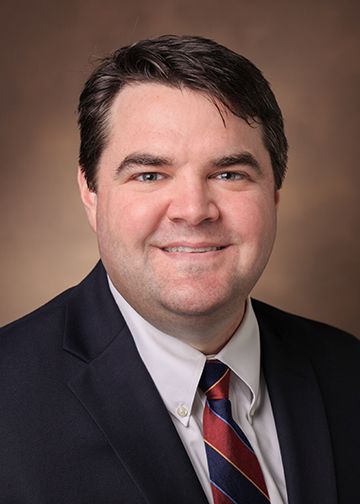Publication
Article
Urology Times Journal
Coping behaviors common in women with overactive bladder
Author(s):
These compensatory behaviors are associated with more severe urinary symptoms and higher anxiety and stress.
Women with overactive bladder (OAB) often use compensatory behaviors, or coping, to manage symptoms. Ironically, coping strategies are associated with more severe urinary symptoms and higher anxiety and stress, according to a study published in Neurourology and Urodynamics.1
W. Stuart Reynolds MD, MPH

Most women with OAB do not seek or receive care for their symptoms. Anecdotally, urologists know that women with OAB figure out ways in which to cope with those symptoms to lessen the burden of OAB on their lives, according to study author W. Stuart Reynolds MD, MPH, associate professor of urology and fellowship director of Female Pelvic Medicine and Reconstructive Surgery Fellowship at Vanderbilt University Medical Center.
“Sometimes, these behaviors, which we are calling compensatory bladder behaviors, can have a big impact on day-to-day activities, and, maybe even more significantly, can really add to the psychological and social burden in the form of increased anxiety and stress symptoms,” Reynolds said.
Increased anxiety and stress also can cause or worsen urinary symptoms. A typical scenario is having an urgent need to urinate but not finding a restroom.
“This makes people anxious to go places or do certain things. To further complicate matters, feeling anxious can make the urinary symptoms worse. There may be a vicious cycle between anxiety and stress, urinary symptoms, and coping behaviors,” Reynolds said. “While this scenario likely makes sense…there is not much scientific or medical literature on this.”
Reynolds and colleagues examined how often women with OAB use coping behaviors and whether the behaviors are associated with psychosocial factors. They studied 120 adult women with OAB who completed questionnaires on OAB quality of life, anxiety and depression, and stress. The investigators used the subjects’ responses to the OAB-q Quality-of-Life Scale to generate coping scores, with higher scores representing greater negative effects on quality of life.
They found that 88% of women reported using at least 1 compensatory coping behavior at least “a little of the time,” with “locating the nearest restroom in a new place” being the most frequent, according to the study.
Factors associated with higher coping scores were higher body mass index, lower education, using overactive bladder medication, urgency incontinence, and urinary symptom severity.
Depression was not associated with higher total coping scores, but overactive bladder severity, higher anxiety and stress were significantly associated with higher scores.
“We found that not only was a higher coping score associated with greater urinary symptom severity, but a higher score was also associated with greater anxiety and stress symptoms, even after adjusting for the OAB symptom severity,” Reynolds said.
The findings have prompted Reynolds to ask patients with overactive bladder more directly about how their symptoms impact day-to-day activities and how that impacts their psychological state.
“Often, their treatment goals are specifically related to these activities, such as, ‘I would really like to just be able to do ….’ Rather than just ‘leak less’ or ‘urinate less frequently.’ This helps me tailor the treatment approach more specifically to the patient’s expectations,” Reynolds said.
Behavioral therapy and lifestyle changes are recommended first-line interventions for OAB patients. Technically, behavioral treatment is usually by 1 of 2 approaches: trying to modify bladder function by changing voiding habits, such as with bladder training and delayed voiding, or through behavioral training, which focuses on the bladder outlet and includes pelvic floor muscle training to improve strength and control and techniques for urge suppression.
Lifestyle modifications include fluid management, caffeine reduction, dietary changes (avoiding bladder irritants), and weight loss, according to Reynolds.
“While effective, these interventions are often under-utilized in patients with OAB and often with poor compliance,” he said. “The implication of our findings is that the concept of ‘behavioral therapy’ likely needs to be expanded to incorporate additional behavioral therapy, such as cognitive behavioral therapy, as well as other interventions that address psychologic impacts directly.”
More research is needed to understand how the relationship between coping behaviors and psychosocial factors might offer opportunities for OAB interventions, the authors wrote.
Reference
1. Reynolds WS, Kaufman MR, Bruehl S, et al. Compensatory bladder behaviors (“coping”) in women with overactive bladder. Neurourol Urodyn. Published online September 15, 2021. https://pubmed.ncbi.nlm.nih.gov/34524704/



























